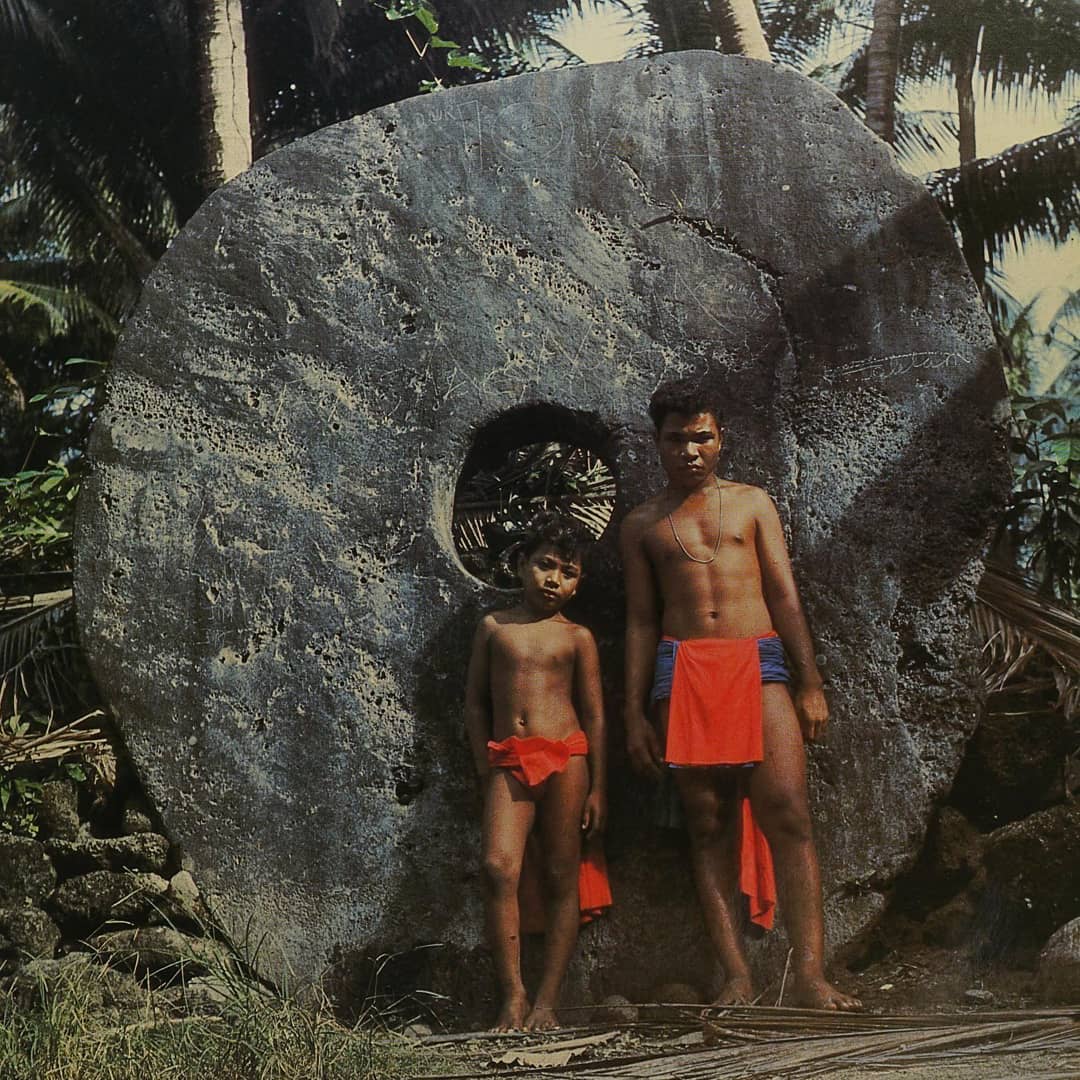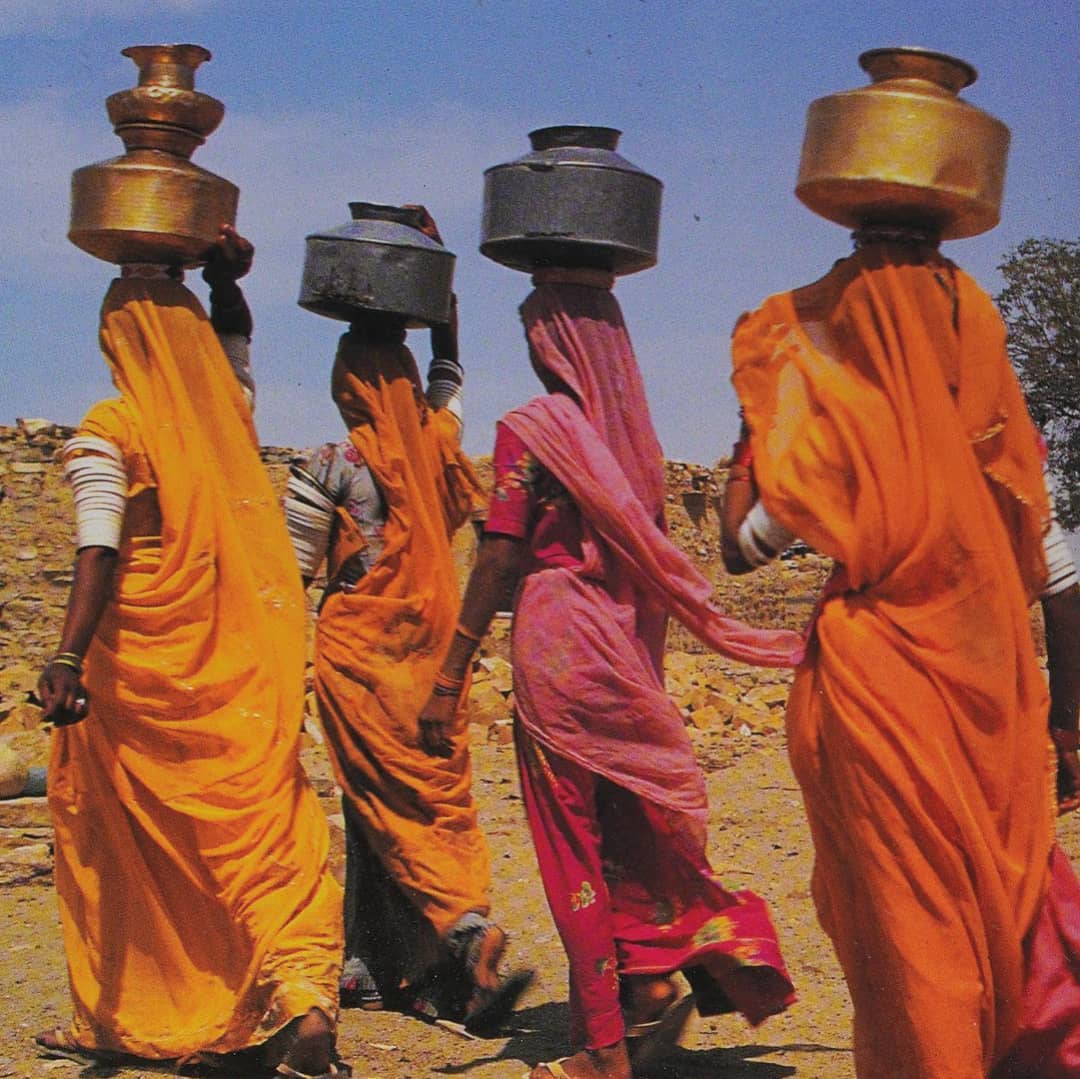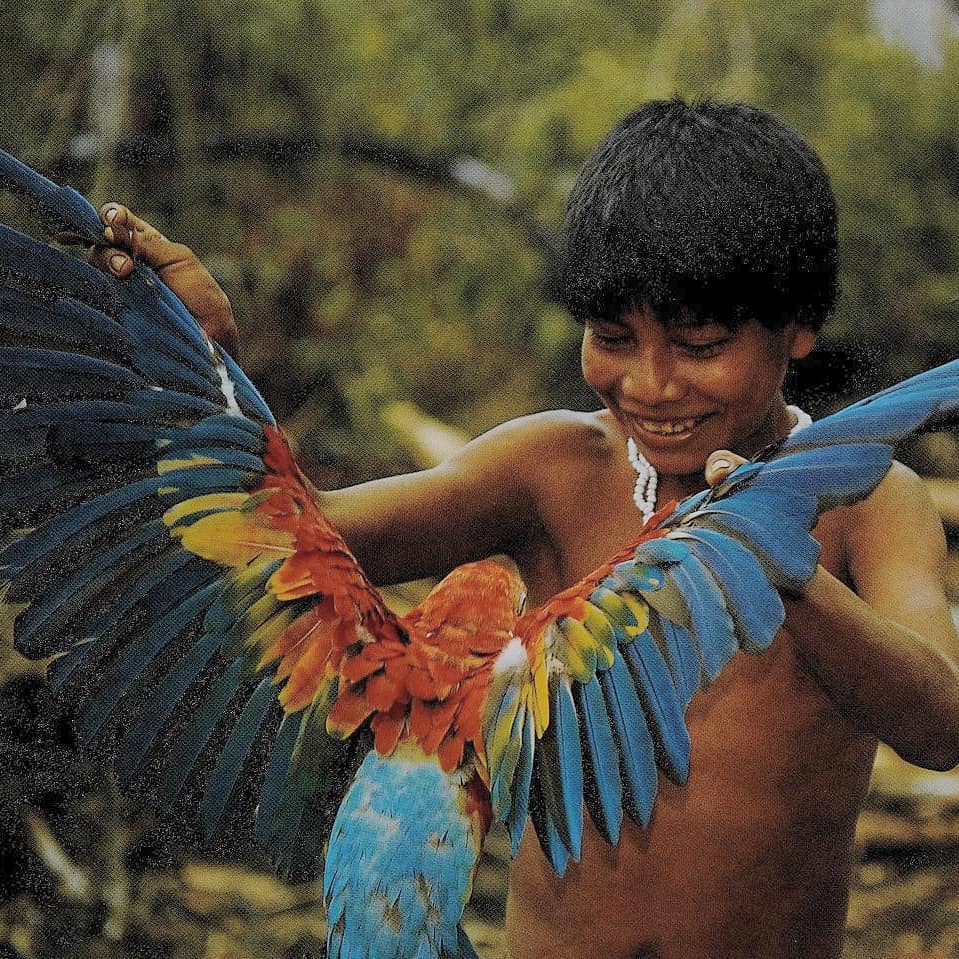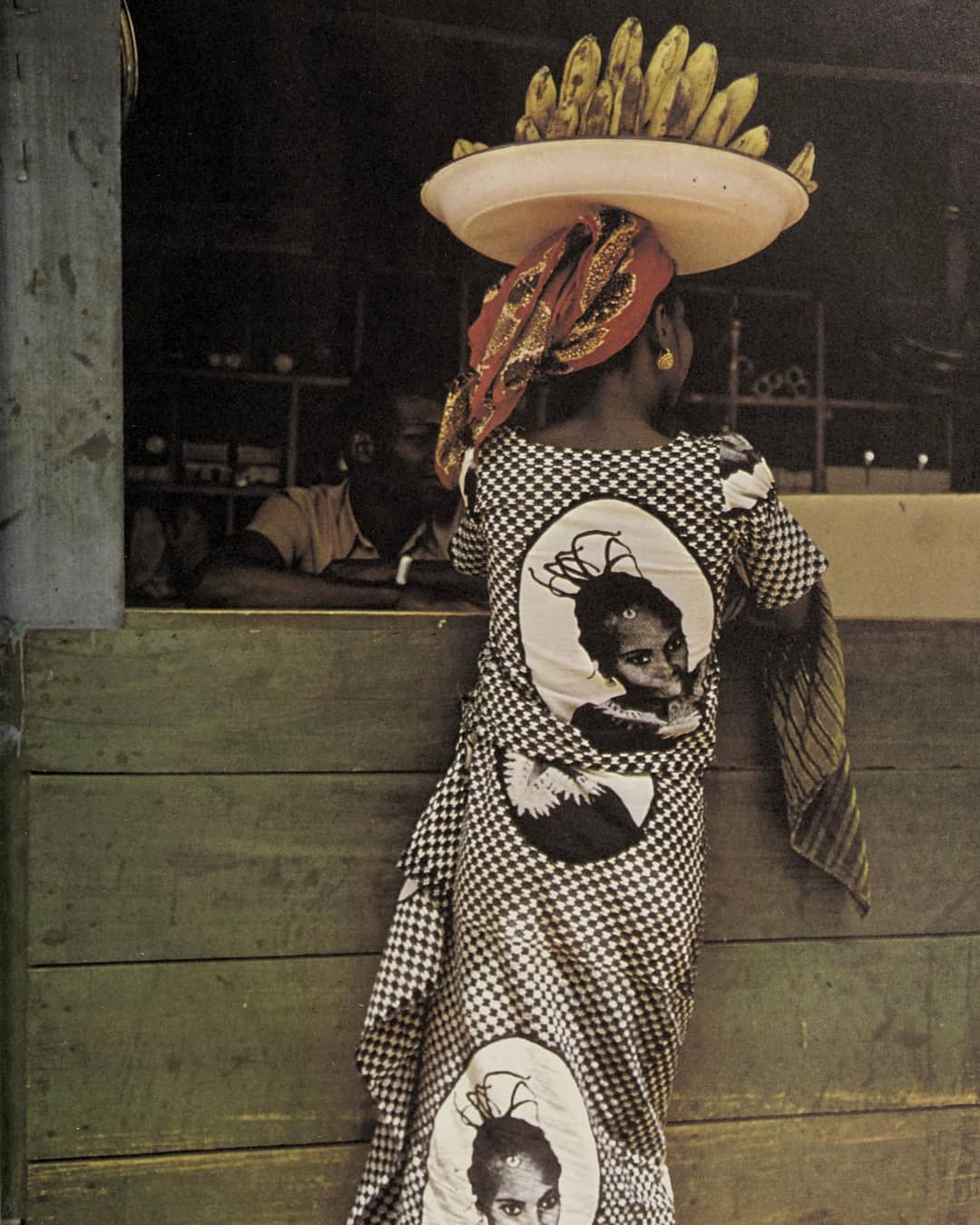The Instagram Archive Revelling In Nostalgia From The Tropics
By Something CuratedInstagram archive @acid__memories celebrates the unending beauty of the Global South from times gone by, oscillating compellingly between diverse geographies and decades. In equal parts eye-catching and educative, this rich trove of imagery is largely derived from scanned out of print books and magazines. Among the feed’s recent highlights is a photograph of a rai stone, one of many large artefacts that were manufactured and treasured by the native inhabitants of the Yap islands in Micronesia. The stones were highly valued by the Yapese, and used for important ceremonial gifts. The ownership of a large stone, which would be too difficult to move, was established by its history as recorded in oral tradition, rather than by its location. Thus a change of ownership was effected by appending the transfer to the oral history of the stone. Modern economists have viewed rai stones as a nascent form of money.

Elsewhere on the page, discover images from the Thar Desert, also known as the Great Indian Desert. This large, arid region in the northwestern part of the Indian subcontinent forms a natural boundary between India and Pakistan. The Thar Desert is the most widely populated desert in the world, comprising Hindu, Jain, Sikh, and Muslim communities. The main occupation of the people is agriculture and animal husbandry. A colourful culture rich in tradition prevails in this desert. The people have a great passion for folk music and folk poetry. Water scarcity plays an important role in shaping life in all parts of the Thar. Small, intermittent ponds, whether natural or manmade, are often the only source of water for animals and humans in the true desert areas. The lack of a constant water supply causes much of the local population to live as nomads.

Photographed in 1997, the young boy, pictured with a scarlet macaw below, belongs to the Barasana, an Amazonian people. The Barasana refer to themselves as the jebá.~baca, or people of the jaguar. They are a Tukanoan group located in the eastern part of the Amazon Basin in Vaupés Department in Colombia and Amazonas State in Brazil. Together with their neighbours, the Tukanoans make up an open-ended socio-political system that is integrated through networks of reciprocal exchange involving visiting, trade, intermarriage, and ritual feasting. This regional system depends upon an interplay between similarity and difference, between things that give its component groups some measure of collective identity and things that make them different from each other and create interdependence between them.

Another standout shared by @acid__memories, captured in Burkina Faso’s capital, Ouagadougou, this strikingly dressed woman is on her way to trade bananas at the city’s central market. The oldest preserved textiles in West Africa were discovered at Kissi in Burkina Faso and dated to the early first millennium AD. One of the most important cotton producers on the African continent, the country has a strong tradition of textile production. Today, Burkina Faso also hosts the International Art and Craft Fair in Ouagadougou. It is better known by its French name as SIAO, Le Salon International de l’ Artisanat de Ouagadougou, and is one of Africa’s largest and most visited craft fairs.

Feature image via @acid__memories